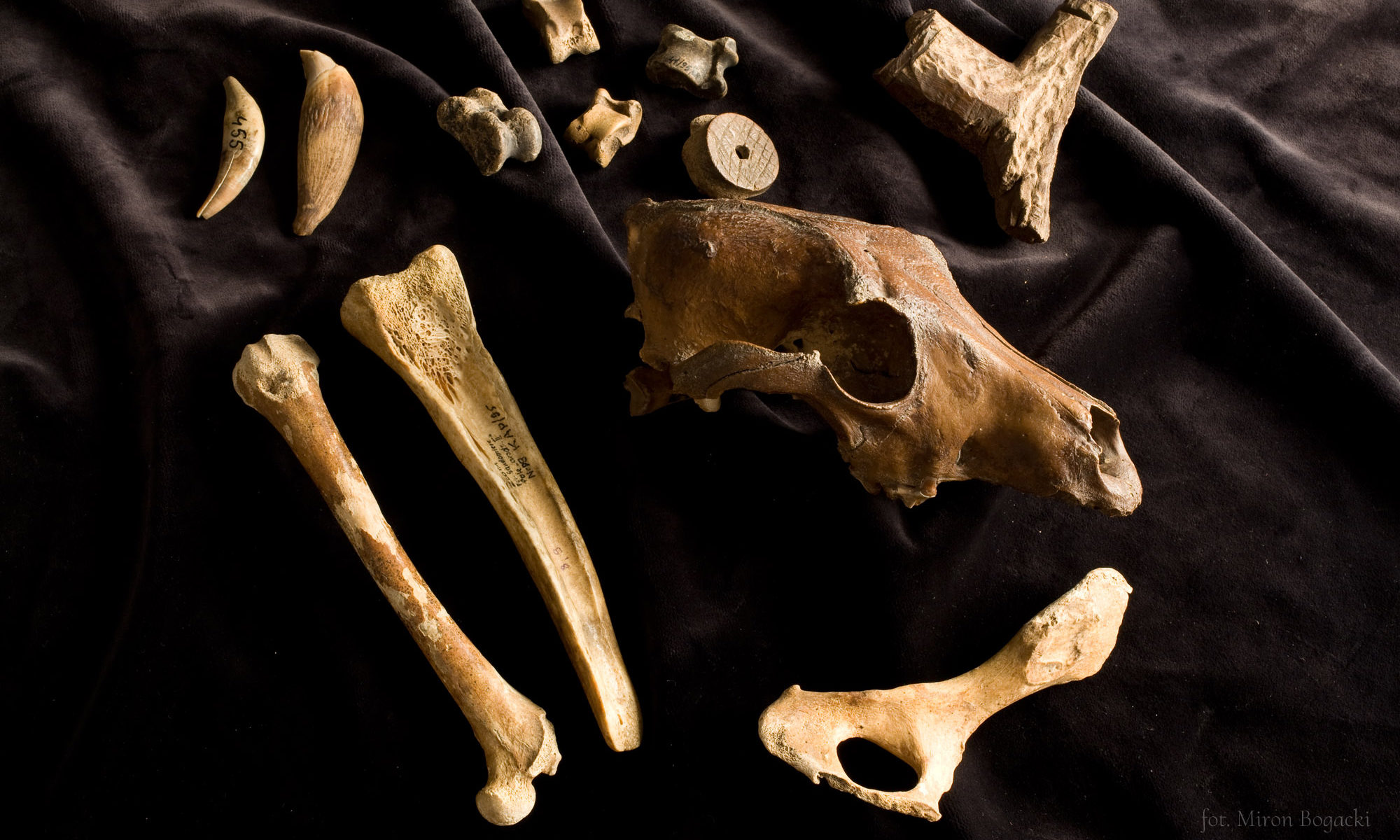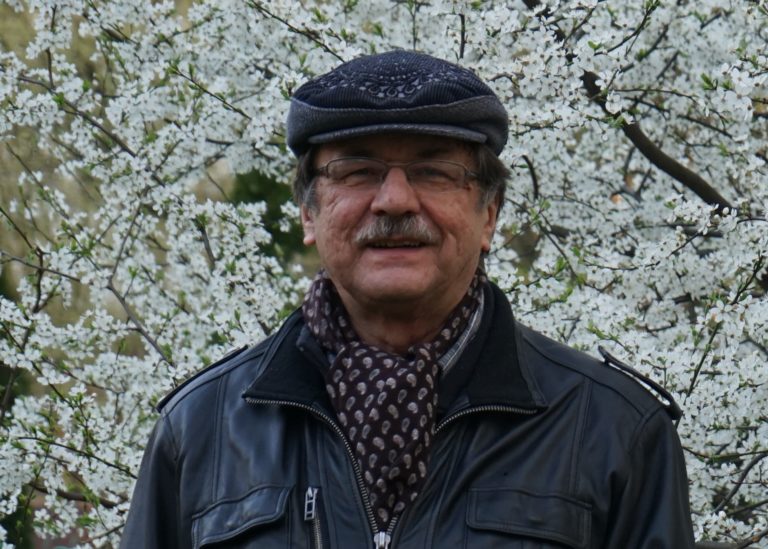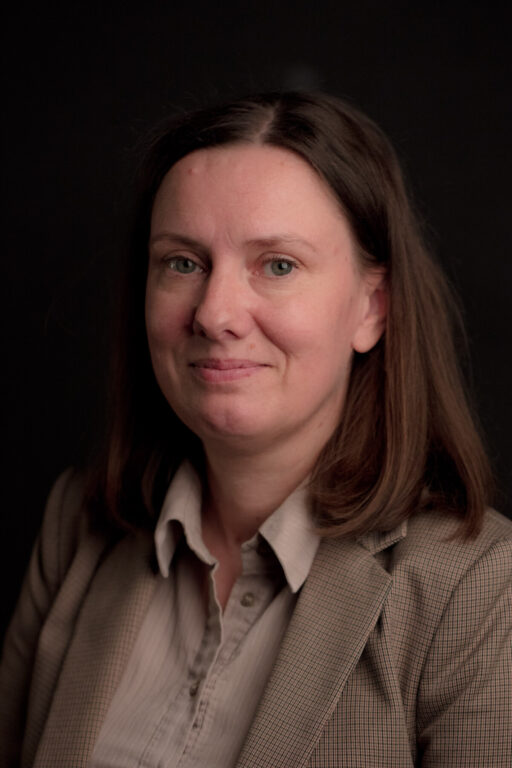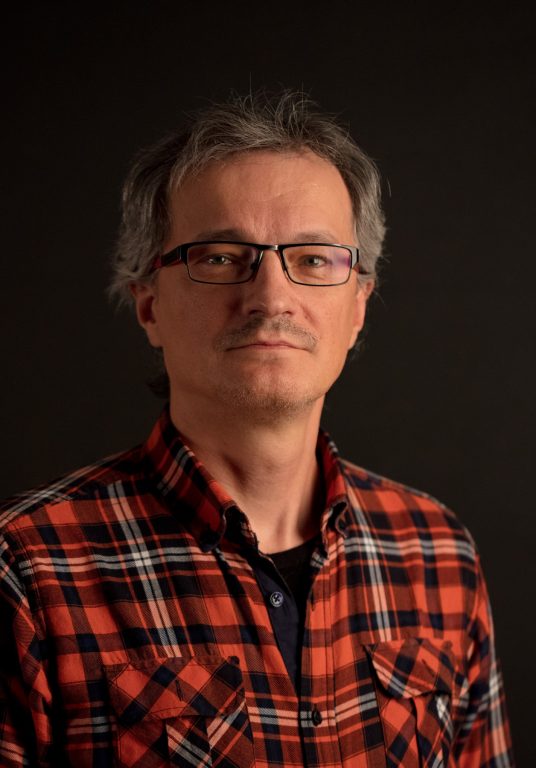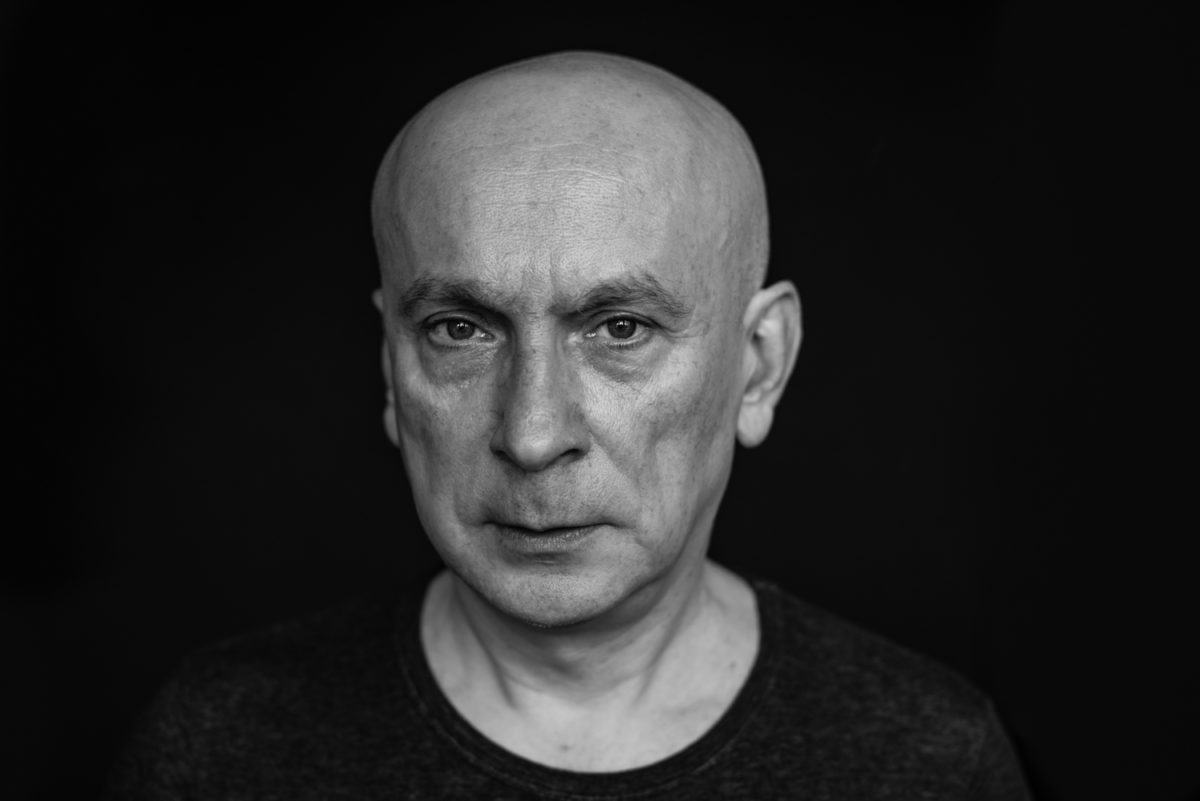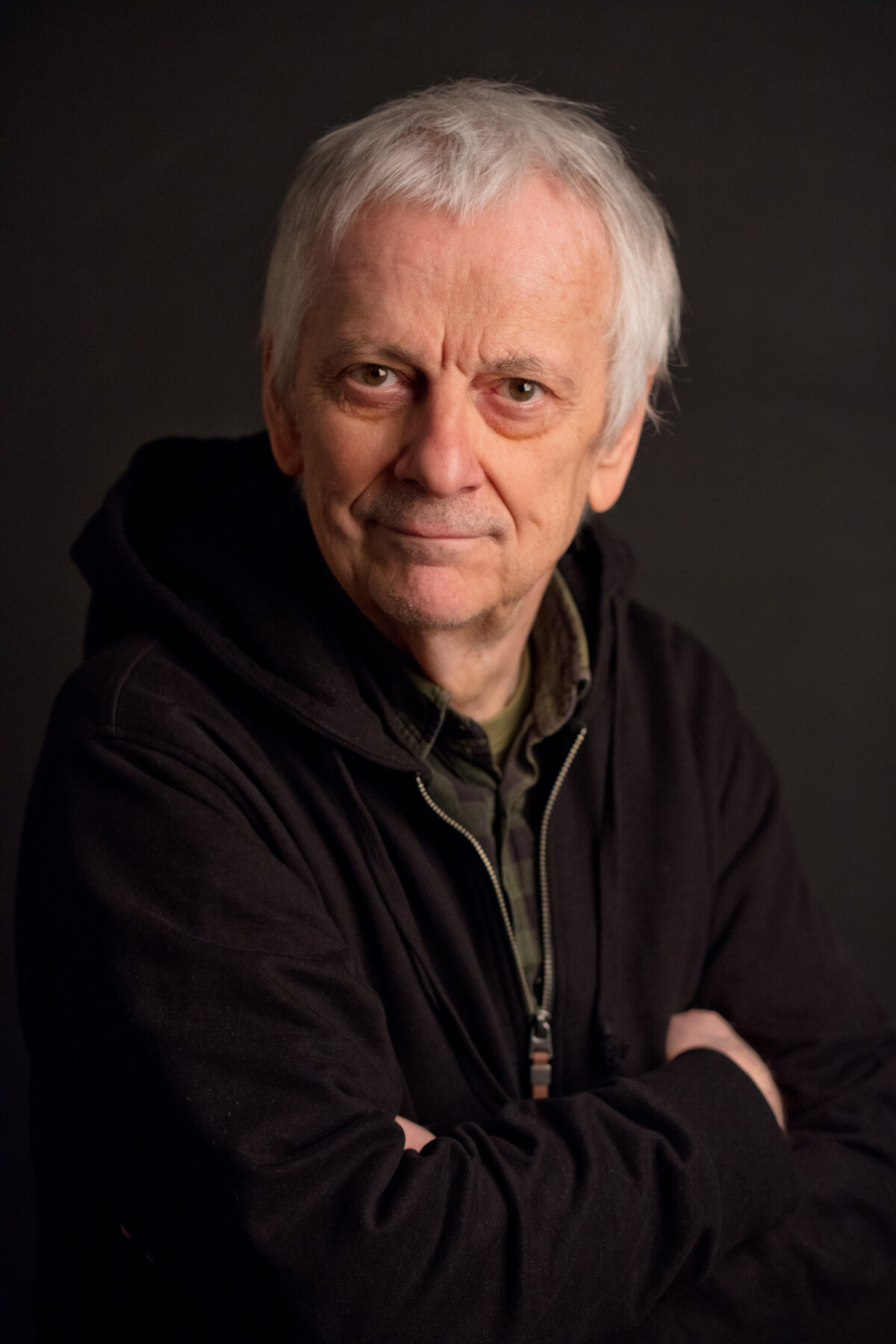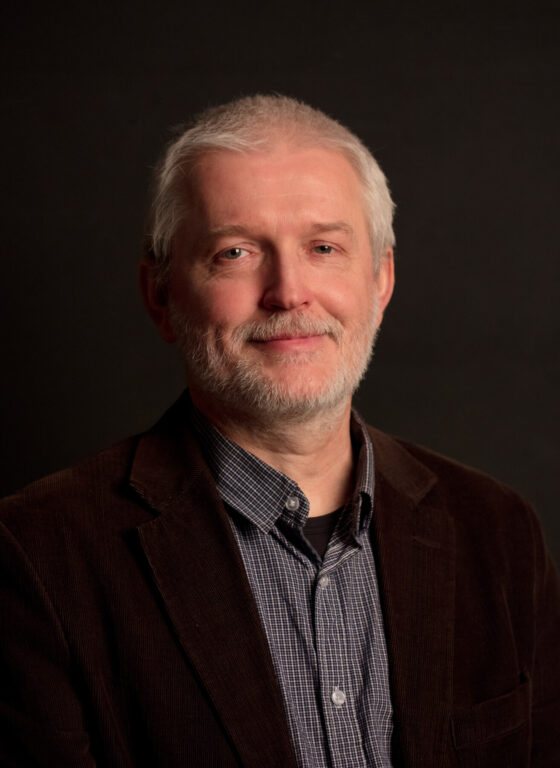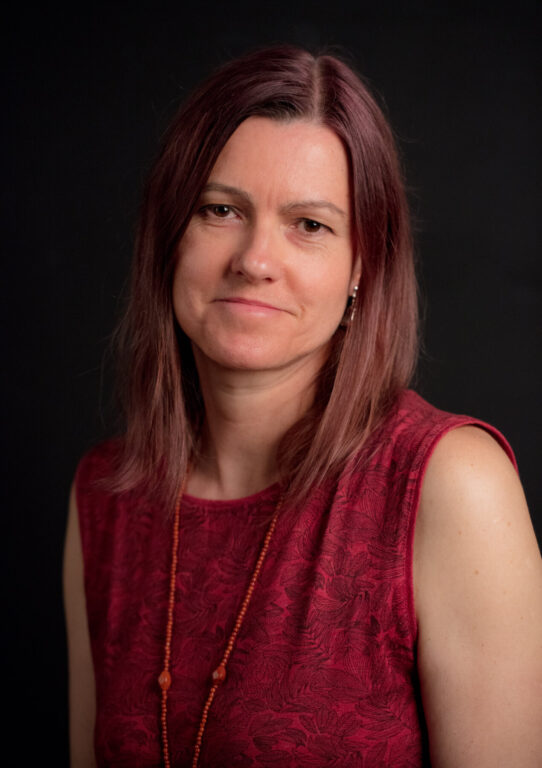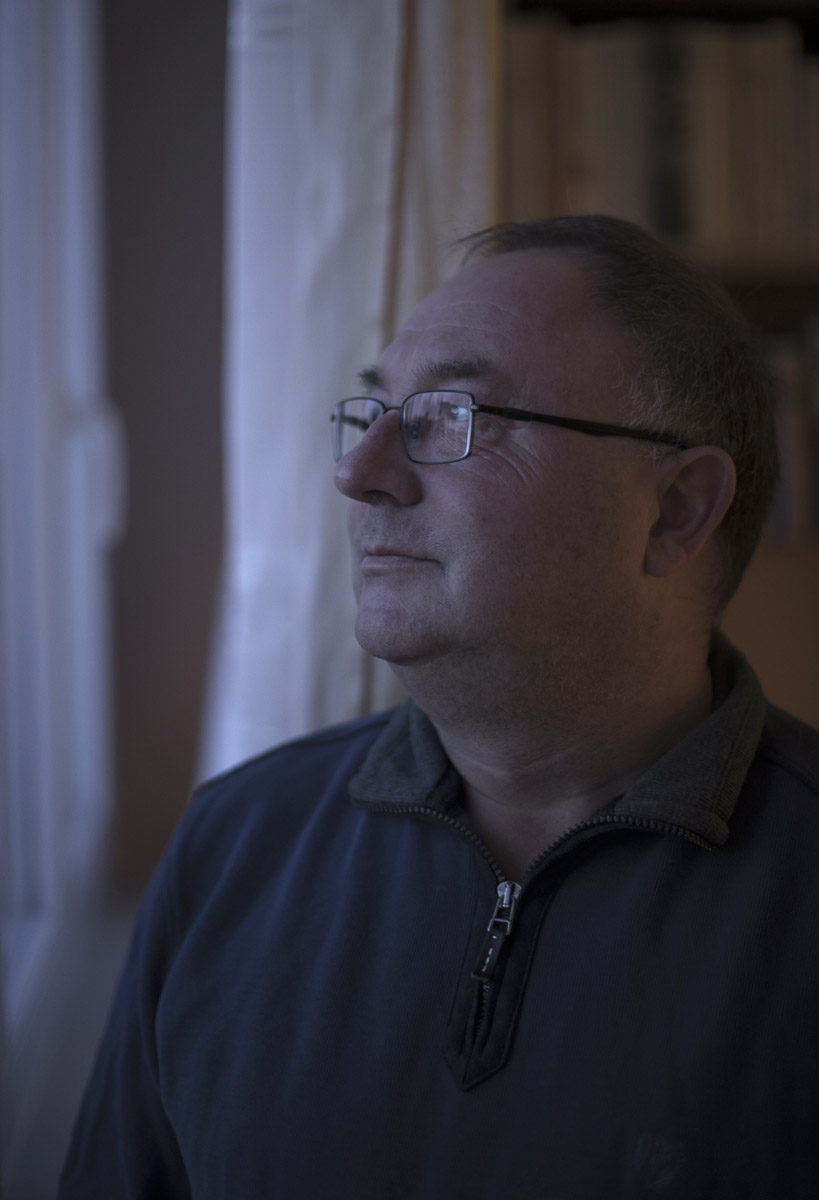
prof. Piotr Dyczek
e-mail:
piotrdyczek@uw.edu.pl
duty hours:
vacations
research interests: focus on the history and archaeology of the Roman provinces, the Roman limes, Roman Provincial art, Roman pottery, and the Aegean, and Illyria
bibliography:
1. Sculptures from the “templum Aesculapii et Hygiae” in the Legionary Hospital at Novae (Moesia Interior), ed. Cristina-Georgeta Alexandrescu, Cult and Votive Monuments in the Roman Provinces , [in:] Proceedings of the 13th International Colloquium on Roman Provincial Art, Bucharest-Alba Iulia-Constanţa, 27nd of May – 3rd of June 2013 – within the framework of Corpus Signorum Imperii Romani, Cluj-Napoca 2015, 201-209.
2. Stolica Teuty – Rhizon – antyczne miasto ludzi takich jak my, Głos Polonii 13, 2015 , 22-26.
3. et alii, Rimski voenen lagier i rannovizantijski grad Novae, Arheologičeski otkrytija i razkopki prez 2014, Sofia 2015, 403-405.
4. Risan – historia pełna tajemnic – ulotka muzealna, Podgorica 2015.
5. „The Most Splendid Town of Novaesians”, Limes XXII. Proceedings of the 22nd International Congress of Roman Fronter Studies Ruse, Bulgria, September 2012, eds. L. Vagalinski, N. Sharankov, Sofia 2015, 169-177.
6. Rhizon in der Zeit des Königs Ballaios, Kontaktzone Balkan, Beiträge des internationalen Kolloquiums „Die Donau-Balkan-Region als Kontaktzone zwischen Ost-West und Nor-Süd“ vom 16.-18.Mai 2012 in Frankfurt a. M. , Kolloquien zur Vor- und Frügeschichte, 20, 2015, 107-116.
7. In the footsteps of spiritual culture: different people, different traditions, one Europe. Best practice in museology Skills and tools to the cultural heritage and cultural tourism management Papers collected and coordinated by Sara Santoro in the framework of Tempus IV project. Network for Post Graduate Masters in Cultural Heritage and Tourism Management in Balkan Countries (CHTMBAL), II VOLUME, Teramo 2015, ISBN 978-88-97017-08-0, 169-178
8. From Tanais to Novae: the Polish Archaeology in transition countries, Skills and tools to the cultural heritage and cultural tourism management Papers collected and coordinated by Sara Santoro in the framework of Tempus IV project. Network for Post Graduate Masters in Cultural Heritage and Tourism Management in Balkan Countries (CHTMBAL), II VOLUME, Teramo 2015, ISBN 978-88-97017-08-0 227-270.
9. Tre vjet gërmime shqiptar o-polake në Shkodër, Iliria 38, 2015, 9-22.
10. Shkdёr. Gёrmimet arkeologjike tё viteve 2013-2014, Iliria 38, 279-292
11. Image of the Castrum of the I Italica on the Column of Trajan: Fiction or archaeological Reality ? MOESICA ET CHRISTIANA, Studies in Honour of Professor Alexandru Barnea Edited by Adriana Panaite, Romeo Cîrjan and Carol Căpiţă Muzeul Brăilei “Carol I” – Editura Istros, Brăila 2016, 95-110.
12. Obrazki z wystawy — ze sztambucha archeologa/Slike sa izložbe — iz albuma archeologa, [In:[ Tak to się wszystko zaczęło… śladami Polaków w Czarnogórze/Tako je sve počelo…tragom Poljaka u Crnoj Gori, Ed. P. Dyczek, Podgorica 2015, 33-66.
13. New Finds of Roman Armour from Legionary Fortress at Novae (Moesia Inferior), Journal of Roman Military Equipment Studies 17 2016, 87-94.
14. Novae sector XII – Baraki na I kohorta na VIII Augustov I na I Italijski legion, Arheologičeski otkrytija i proučvanija za 2015 godina, Sofia 2016, 338-440.
15. Amphorae from the Barracks of legio VIII Augusta and legio I Italica in Novae, Rei Cretarae Romanae Fautorum Acta 44, 2016, 563-570.
16. Coena funebris on a funerary stela from Novae, Palamedes 9/10, 2014/2015, 107-118.
17. Ancient port of Rhizon/Risinum – Montenegro, Anodos. Studies of the Ancient World, 12/2016, 2016, 79-88.
18. A new way of dating so-called Byzantine lamps as exemplified by finds from Novae, Orbis Barbarorum. Studia ad archaeologiam Germanorum et Baltorum temporibus Imperii Romanii pertinentia Adalberdo Nowakowski dedicate, pod redakcją Jaceka Andrzejowskiego, Clausa von Carnapa-Bornheima, Adama Cieslińskiego I Bartosza Kontnego, Warszawa-Scheswig 2017, 601-611.
19. Maximinus Thrax in Novae, Roman Frontier Studies 2009. Proceedings of the XXI International Congress of Roman Frontier Studies (Limes Congress) held at Newcastle upon Tyne in August 2009 edited by Nick Hodgson, Paul Bidwell and Judith Schachtmann, Oxford 2017, 461-465.
20. Hejże chłopcze przynieś czarę – Studia ofiarowane Profesorowi Aleksandrowi Krawczukowi z okazji dziewięćdziesiątej piątej rocznicy urodzin pod redakcją E. Dąbrowy, T. Grabowskiego i M. Piegonia, Florilegium Kraków 2017, 83—98.
21. On the So-Called Legionary Pottery and „Mysterious” Lower Danube Kaolin Wares (LDKW), Troesmis- A Changing Landscape. Romans and the Others in the Loer Danube Region in the First Century BC – Third Century AD. Proceedings on an International Colloquium Tulcea, 7th – 10th of October 2015, Biblioteca Istro-Pontica, Seria Arheologie 12, Cluj-Napoca 2016, 233-256.
22. Novae Sector XII – First Cohort Barracks of Legio VIII Augusta and Legio I Italica, [in:] ed. L. Vagalinski, Archaeological Discoveries and Excavations in 2016, 274-276.
23. The Augustan inspirations for the decoration of the chimney place in the Tyszkiewicz-Potocki Palace in Warsaw. presented to mark the occasion of the University of Warsaw bicentennial [in:] eds. G. Bąkowska-Czerner, J. BodzekAugustus From Republic to Empire, Archaeopress Roman Archaeology 36, 2017, 54-61.
24. Representation of daily-life of legionaries and civilians on selected grave stones from Novae (Moesia Inferior), [in:], ed. .S. Lefebvre, Iconographie du quotidian dans ‘art provincial romain: Modèles régionaux. 44ème supplement àla Revue Archéologique de L’Est, Dijon 2017, 139-148.
25. P. Dyczek, L. Chrzanowski, Deux types lampes tardo-antiques, decouvertes dans les fouilles de Novae, [w:] eds. G. Nuţu, S.-C. Ailincăi. C. Micu, The Man, the River and the Sea, Studies in Archaeology and History in Honour of Florin Topoleanu on his 65th Aniversary,. Cluj-Napoca 2017, 51- 64.
26. Co jadali starożytni, Uniwersytecka książka kucharska, red, A. Kędziorek, B. Jankowiak-Konik, Warszawa 2016, 165-173.
27. Rhizon/Risinium de novo in lucem proditus, [w:] eds. L. Përzhita, I. Gjipali G. Hoxha, B. Muka, New Archaeological Discoveries in the Albanian Regions, vol. 1 Tiranë 2017, 375-392
28. Amphorae from Late Roman structures on the site of the legionary barracks in Novae (Moesia Inferior), [ed.]. D. Dixneuf, Late Roman coarse wares, cooking wares and amphorae in the Mediterranean. Archaeology and archaeometry, Volume 2, Études Alexandrines 43, 2017, 683-691.
29. Terra incognita: results of polish excavations in Albania and Montenegro, Studia Europea Gnesnenia 16, 2017351-369.
30. The fine ware supply of the earliest Roman units on the Lower Danube limes: the case of the First Cohorts in Novae, Rei Cretariae Romanae Fautorum Acta 45, 2018, 551-558.
31. Nove sector XII: Barakite na pârva kohorta na VIII Augustov i Pârvy Italijski legion, Arheologičeski otkritija i proučvanija prez 2017 godina, Sofia 2018, 195-197.
32. Wooden Barracks of the First Cohort of the Legio VIII Augusta from Novae (Moesia Inferior) , Limes XXXIII, Proceedings of the 23rd International Congress of Roman Frontier Studies, Ingolstadt 2015, Bayerisches Landesamt für Denkmsmalpflege, Sonderband 4/1, Mainz 2018, 530-536
33. The eye of Argus, [in:] Sacrum et Profanum ed. E. J. Klenina, Novae Studies and Materials VI, Poznań 2018, 29-40.
34. An Illyrian Palace in Rhizon: Preliminary Results, [in:] L’Illyrie Méridionale et L’Épire dans L’Antiquité VI, eds. J-L. Lamboley, L. Përzhita et A. Skënderaj, vol I, Paris 2018, 259 -265.
35. –S. Shpuza, Scodra. De la capitelk du royaume Illyrien à la capitale de la province romaine. [in:] L’Illyrie Méridionale et L’Épire dans L’Antiquité VI, eds. J-L. Lamboley, L. Përzhita et A. Skënderaj, vol I, Paris 2018, 269 -278.
other:
Professor Piotr Dyczek is the Head of the Department of History and Material Culture in the Institute of Archaeology, as well as the Director for the Antiquity of Southeastern Europe Research Centre, at the University of Warsaw.
